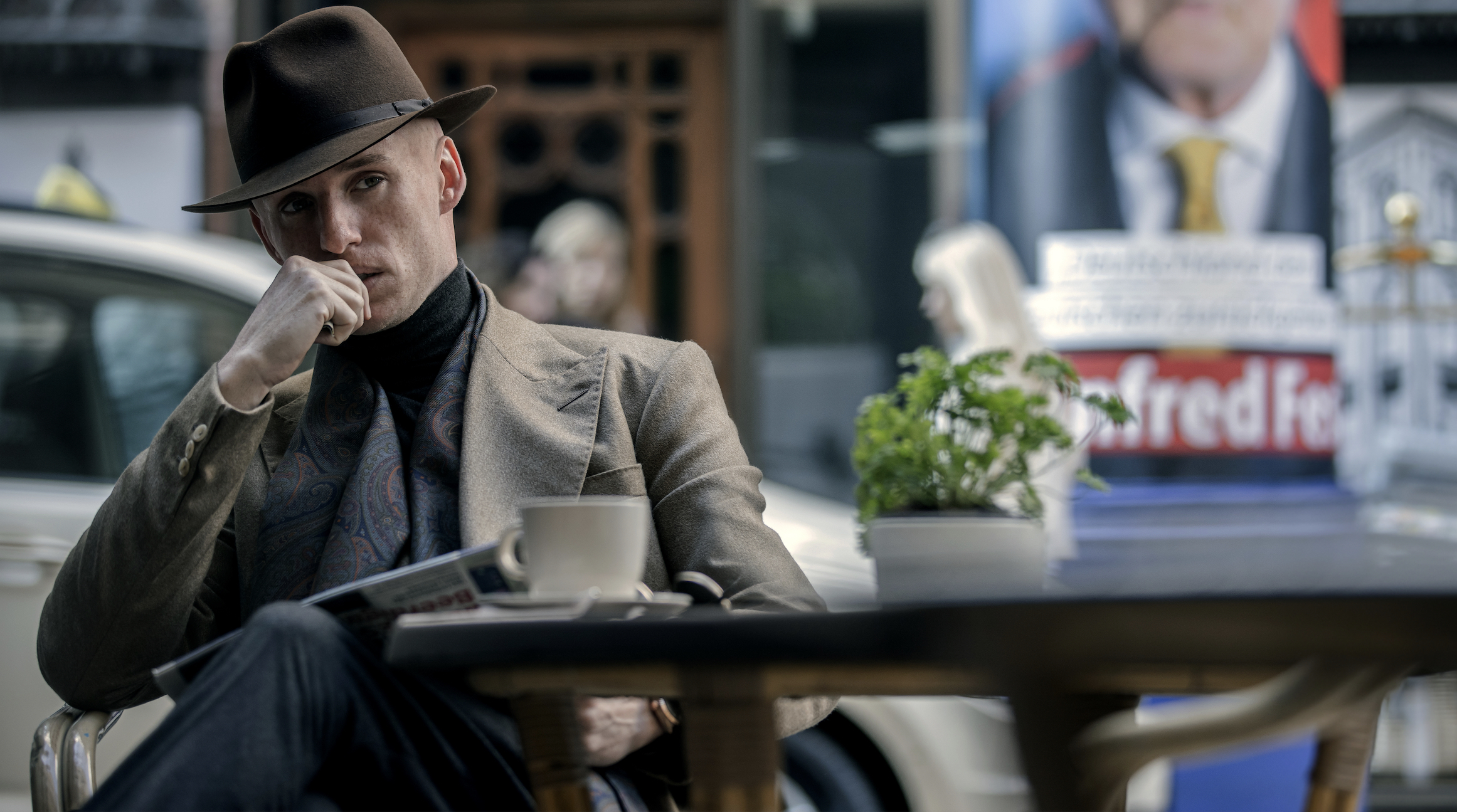On a chilly day in April 1924 — the first year that the Boston Marathon was 26.2 miles, rather than the original 24.8 miles — around 140 men lined up in Hopkinton, Mass., to race. Yesterday, a century later in that same town, about 30,000 runners crossed the starting line.
Distance running, once a niche sport, has exploded in popularity over the past few decades. Many of those who run marathons today are middle-aged or older, and some are less fit and less experienced. As a result, the average finish time in American marathons has slowed considerably, even as the top runners keep getting faster. It’s a sign of how popular marathons have become.
Consider these charts:
The Boston Marathon is a special race. It is the oldest annual marathon in the world. It was the first in which women competed. And it requires most runners to submit a qualifying time to apply for entry, making for an especially fast field.
Even so, the trend of slower average finish times is apparent. The average finish time in Boston in 1924 was just under three hours. Yesterday, the average was nearly four hours.
Around the turn of the 20th century, when the first marathons were held, the races were thought to be safe only for young, fit men. Many even believed, incorrectly, that running would make women infertile or overly masculine. But as distance running gained popularity as a way to stay healthy — thanks, in part, to an American victory in the 1972 Olympics — more people wanted to compete. The Boston Marathon expanded to meet the demand, and new marathons like New York City’s and Chicago’s were established.
“It went from being something for fanatics to the everyman’s Everest,” said David Monti, a marathon specialist who runs a popular newsletter on distance running.
It’s not just Boston
Average times have risen at many of the biggest American marathons, most of which do not require runners to apply with a qualifying time like Boston does.
Major marathon organizers want large field sizes. For one, marathons are costly to host: Cities need to shut down streets, provide security and set up infrastructure along the course. Runners’ registration fees help to cover that cost. The more runners and spectators, especially those from out of town, the more money goes to local restaurants and hotels. And then there is the prestige of hosting a large public event.
“Those images of 50,000 people on the Verrazano Bridge — everybody wants that,” Monti said. “And you need a lot of people to do that.”
To recruit the crowds, many races are less strict about entrants’ credentials. That’s what drew Andy Sloan, 36, to register for his first marathon, in Honolulu last year. He was the final racer across the line, completing the course in 16 hours 59 minutes 39 seconds.
When Sloan first started training, he thought running a marathon was going to be about hitting a goal time. But in Honolulu, he found more meaning in the people cheering him along.
“To feel supported the whole way, even though I was the last person on the course, felt really, really good,” he told me. “Knowing that I took the time to set a goal, and worked really hard to achieve it, it did mean a lot to me.”
Winners are still fast
Averages may be slowing down, but marathon winners are not. Boston’s course records for both men and women have been set in the last 15 years.
And world records are still being broken on American marathon courses. Last year, Kelvin Kiptum broke the world marathon record at the Chicago Marathon. His time was 2 hours 35 seconds.
The last person to cross the finish line in Chicago that day had a time of 9 hours 41 minutes 14 seconds. Most people will never play soccer with Lionel Messi or tennis with Coco Gauff. But in a marathon, everyone runs the same course, on the same day.
Chicago’s picks: The Sky drafted stars from the past two N.C.A.A. champions: Kamilla Cardoso of South Carolina and Angel Reese of L.S.U.
A new era: Prada has never dressed any basketball player, male or female, for the draft. The label dressed Clark, GQ reports.
New York Yankees: The radio announcer John Sterling announced his retirement after 35 years.
ARTS AND IDEAS
The television show “A Different World,” which ran from 1987 to 1993, followed a group of young Black students at Hillman College, a fictional historically Black university. The show tackled growing pains as well as more serious issues like racism and domestic violence. It now streams on Amazon and Max, where it resonates with Gen Z.
Three decades after the series finale, the principal cast members are on a tour of H.B.C.U.s across the country — including Spellman and Howard — to boost enrollment and launch a “Different World” scholarship fund.






